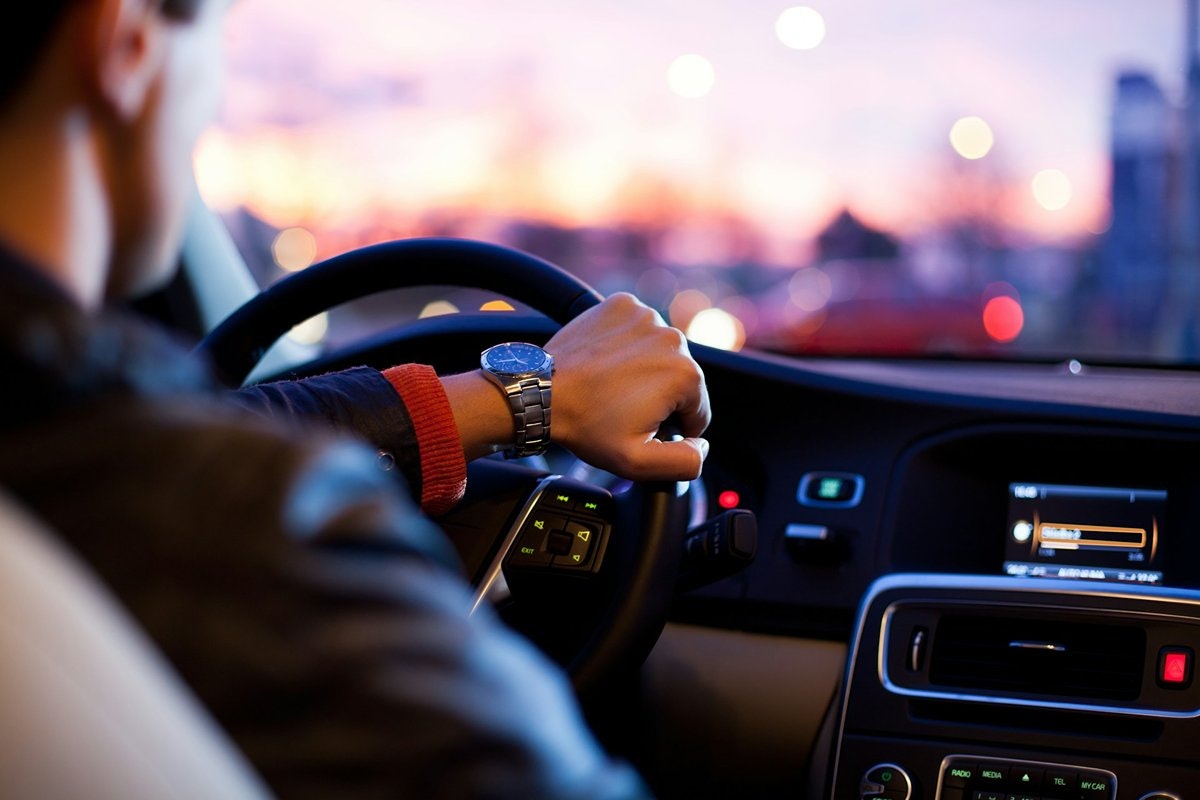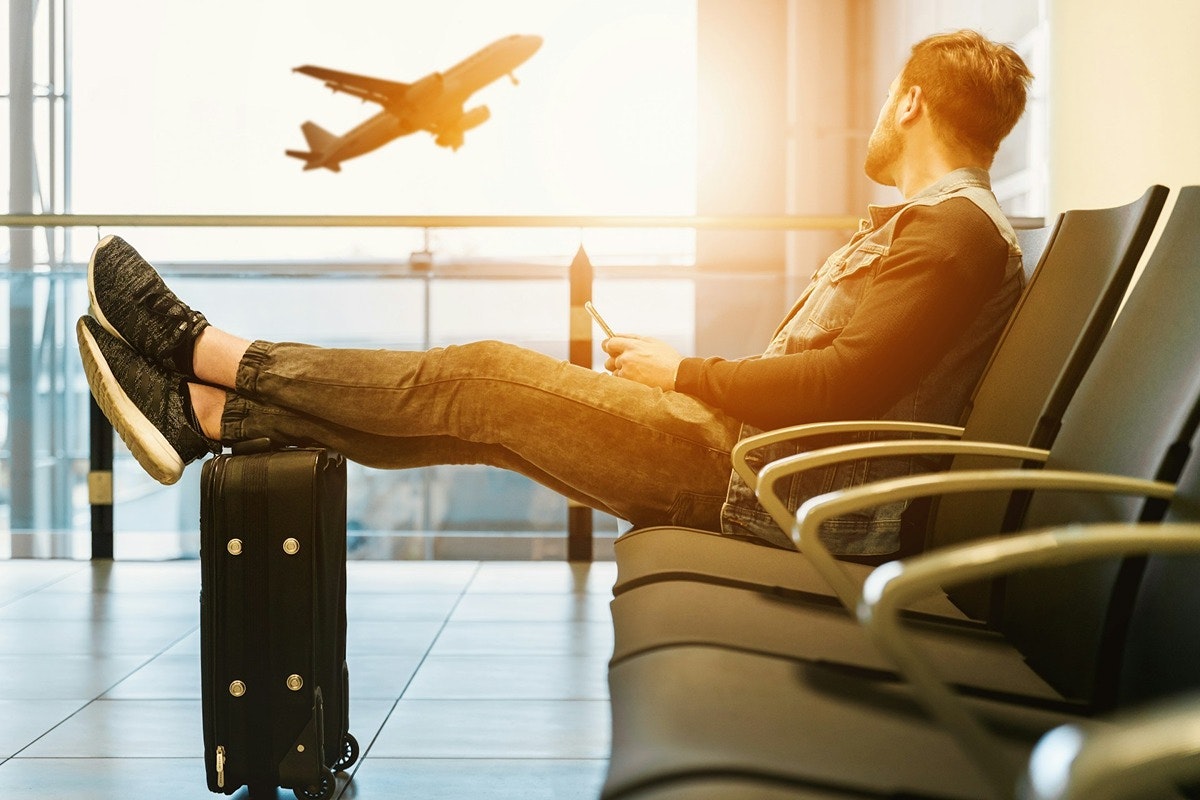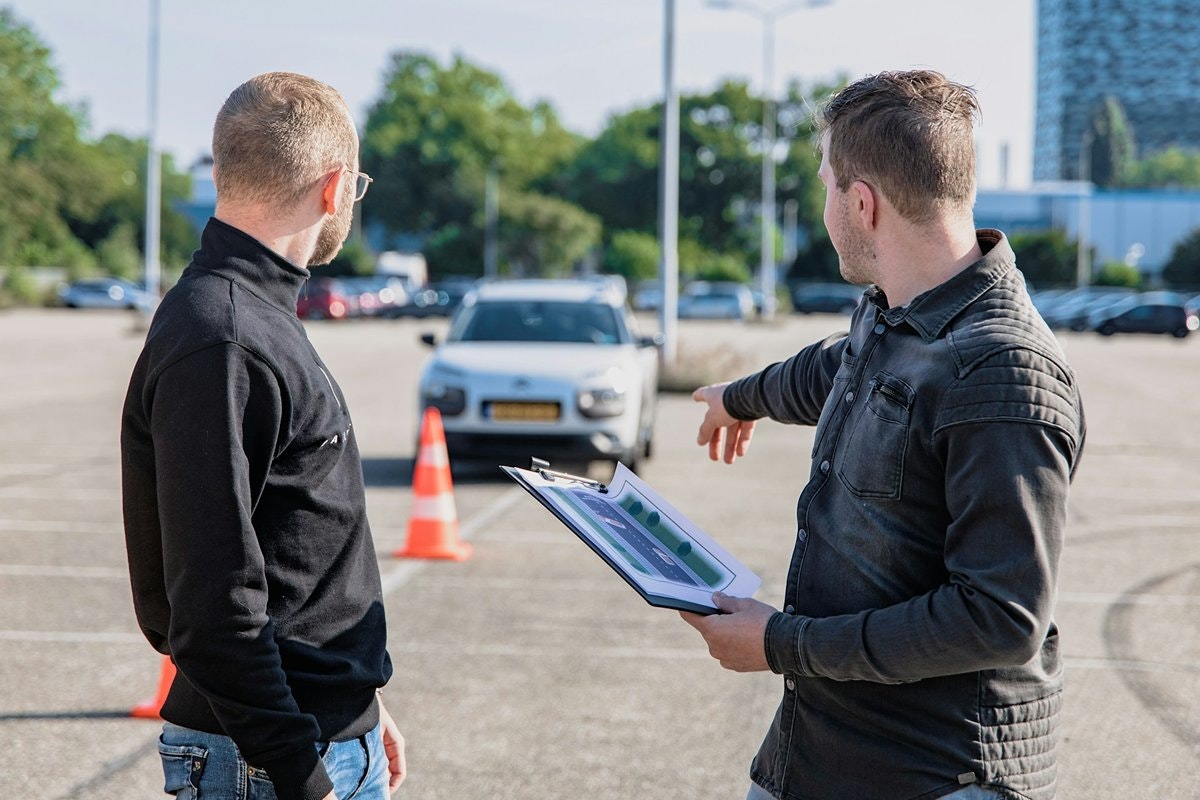Driving Down Under: Your roadmap to passing the Australian drivers licence test
Navigate the Australian driving test with confidence! Learn key rules, common mistakes to avoid, and insider tips to pass on your first attempt.

By:
LINA AVILA HENAO
Last Updated:
Sep 21, 2024
Tags:
#driving
In this article
Obtaining a driver's license in Australia might seem like a challenge, but with the right preparation, you can pass the test on your first try. In this comprehensive guide, we'll provide you with all the tips, resources, and strategies you need to successfully obtain your driver's license. From scheduling your test and understanding the requirements to mastering Australian traffic rules, we cover everything involved in the process so you can be thoroughly prepared.
Before starting
These tips are for you if you have a license from their country already, you know how to drive, and you want to validate your license in Australia. I mention this because the process for getting a license from scratch is different. For example, when I took the driving test in 2022 in Melbourne, I already had a Colombian license since 2011, and I was only validating my Colombian license in Australia.
Additionally before taking the driving test in Australia you must have taken and passed the Hazard Perception Test (HPT) and now you just need to take the driving test to get your license.
Tip #1: Analyse these aspects before scheduling your exam
Reserve the exam for a date that gives you enough time to practice. No matter how good a driver you are in your own country, driving in Australia has its own rules and many differences.
Keep in mind that some cities have trams, and cars must share the roads with them. So, if you're in a city with trams, prepare to drive with trams during your exam and in your daily life once you have your license. The good thing is you can choose to schedule the exam in suburbs where trams do not operate, depending on where you feel more comfortable.
Consider the time of day. Traffic is heavier during peak hours, but you have the option to choose the time of day for your exam. If you want to be relaxed and not rushed, aim for the exam to be between 9:00 am and 11:00 am or between 2:00 pm and 4:00 pm, although this is not always guaranteed.
I took the driving test in one of Melbourne's busiest suburbs, called Carlton, which is only 10 minutes from the city center. Everything happens there at the same time: trams, schools, residential areas, major roads, so speed limits vary widely, changing from 60 km/h to 40 km/h very suddenly. I won't lie, it feels a bit challenging, but it's not impossible.
There are other suburbs farther from the city that are less hectic, where there are no trams and speed limits are consistent. If you like challenges and you're in Melbourne, you can schedule in Carlton. Otherwise, you can consider Deer Park, Broadmeadows, Ringwood. These suburbs are more distant, but the chances of passing the test on the first attempt are higher.
Study thoroughly the handbook recommended by the traffic authority of each state. For example, in Victoria, it's the "Road to Solo Driving Handbook," and in NSW, it's the "Road User Handbook." This is crucial because you will learn everything you need to know to be an expert on Australian roads.
Tip #2: Hiring a driving instructor is always a good idea!
I know you might be thinking, "Why would I hire someone if I already know how to drive?" Well, in Australia, some things on the roads are handled differently. I'm not just referring to driving on the left side of the road with the steering wheel on the right, but also to some traffic signs, right or left turns, and manoeuvres for parking or U-turns. You'll need to familiarise yourself with all of this. Even if you're an experienced driver, you might benefit from taking one or two lessons to put you in context.
I hired a driving instructor because despite having my Colombian license for over 11 years, I didn't practice enough in Colombia. When I arrived in Australia, I didn't immediately need to buy a car; I always used public transport. But when it came time to get a vehicle and drive, I didn't feel confident enough to do it without taking a few lessons.
Tip #3: Practice in real-life scenarios
It's recommended that you practice in the car you'll be using for the exam. This will help build your confidence and familiarise yourself with the dimensions of the car, adjusting the seat, and knowing where all the controls are, as these can vary from car to car.
Practice in the suburb where you'll take the exam. This is very useful and important because you'll learn the speed limits in the area, stop signs, or any potential hazards you should be aware of during your exam. On the day of the exam, the examiner may have you drive different routes, which may not be the same as the one you know by heart, but that's okay because at least you've practiced and know most things in the area.
Tip #4: Learn the names of the car functions in English
A part of the exam consists of activating certain car settings as instructed by the examiner. For example, the examiner will be standing outside the car and ask you to enter and activate the right turn signal, honk the horn, turn on the windshield wipers, or turn on the parking lights.
Note! What we know as "parking lights" in Colombia are called "emergency lights" in Australia. These lights can only be used in case of emergencies on the road, for example, if the car overheats or stops working in the middle of the road.
An extra tip here, pay close attention to what the examiner tells you. My first examiner (I took the exam twice) was from an Asian country, and I was finding it quite difficult to understand her instructions (she had a very strong accent). I wasn't sure if what I was understanding was what she was asking me to do.
Later, the examiner will enter the car and ask if you can point where the defog button is and emergency lights are.
Familiarise yourself with the following words: gear box, brake, steering wheel, seat belt, indicators to the left, indicators to the right, front of the car, rear of the car, tires, pedestrians.
Tip #5: Adjust the car seat before the test
Make sure the seat is adjusted to the proper distance so that you are comfortable but also able to manoeuvre well while driving.
If you are too close to the pedals, you will be more likely to brake abruptly than if you were sitting at a reasonable distance. A tip to measure this is to stretch your arms and measure that your wrists are exactly above the steering wheel.
Once the seat is adjusted, adjust the mirrors so that you can see everything without needing to move your body by bending too much.
Tip #6: Pay close attention to the instructions while taking the exam
The examiner will indicate to you the route he wants you to take, but be careful! They will tell you, "when it is safe, please move to the other lane”. In that case, consider when it is safe to change lanes and do so within a reasonable time. Do not change lanes if you see that it is not safe or if there are many cars and they are not slowing down to let you in, just to do it quickly.
Here are some of the instructions you will hear during the test: Turn left, turn right, in the next set of traffic lights turn right, do a three-point turn, park the car behind the white car on the corner, do parallel parking.
If you don't understand what the examiner is saying, ask if he can repeat the instruction. If for some reason the instructor tells you to turn at a certain point and you miss it, don't panic, you still have two more chances to correct it.
Tip #7: Be extremely careful with speed
When driving the car within the evaluator's car park (in the case of Melbourne it is called Vicroads) drive very slowly.
In Australia, there are specific speed limits for different areas. For example, if it is a residential area, the speed limit is 40 km/h. If you are driving near a school, the speed must be less than 40 km/h. On the day of the exam, my recommendation is to go 5 km/h slower than the speed limit. Always check the speed signs and the speedometer constantly.
The reason why I didn't pass the exam the first time was because I was driving at 60 km/h in a 40 km/h area. The exam was immediately cancelled and the examiner told me to please return directly to the place where we had started the exam.
To avoid this happening, always be aware of sudden changes in speed limits; it doesn't matter if other cars around you are moving faster, don't rely on that. If it is raining, you can drive a little slower than usual, just as a precaution.
Tip #8: Don't lose points on the test for simple things!
Always check all mirrors. You must constantly look at the front and side mirrors during the exam and, obviously, when changing lanes. This is a very important point in the exam.
Always do the "head check," a moment of head what...??? The head check means that you should briefly turn your head before turning left or right or before changing lanes, to verify that there is no car coming that you might not have seen through the mirrors due to the blind spot. As you can imagine, it should be very quick because you cannot take your eyes off the road for too long.
Respect STOP signs. When you see a stop sign, stop the car completely and count to three in your head. After verifying that it is safe and that no cars are coming, you can continue on your way.
You must be very careful with bicycles. In Australian cities, many people travel by bicycle, so maintain a safe distance between the car and the bicycle. When turning left, always do the head check because the bicycle lane is on the left side of the road (the same one you are possibly driving on).
Stay in your lane. Driving on the opposite side of the road (on the left) may cause you to lean more towards the center of the road (because you are used to driving on the right side of the road in Colombia). Keep this in mind so that you do not inadvertently leave your lane.
Tip #9: Always use turn signals.
Always let other drivers know your intentions. There are certain rules on how to indicate on Australian roads. Here I will share my knowledge about the mental process I go through when I am about to change lanes.
First, check through the mirrors if there are cars behind you in the other lane.
Activate the turn signal to indicate that you intend to change lanes.
Make sure there is a safe space, that the car behind you is slowing down and letting you in, that there are no motorcycles around, and that you can see the car's tires behind you through the rearview mirror.
Do a quick head check.
Take your foot off the accelerator.
Move to the other lane.
Once you are in the other lane, turn off the turn signal.
To conclude
Validating your driving license from your country in Australia is not as complicated process as it might seem. It's more a matter of preparing and practicing because the more you practice, the more confident you will feel. There would be no reason to doubt your driving abilities, so you'll get your Australian license without a problem.


